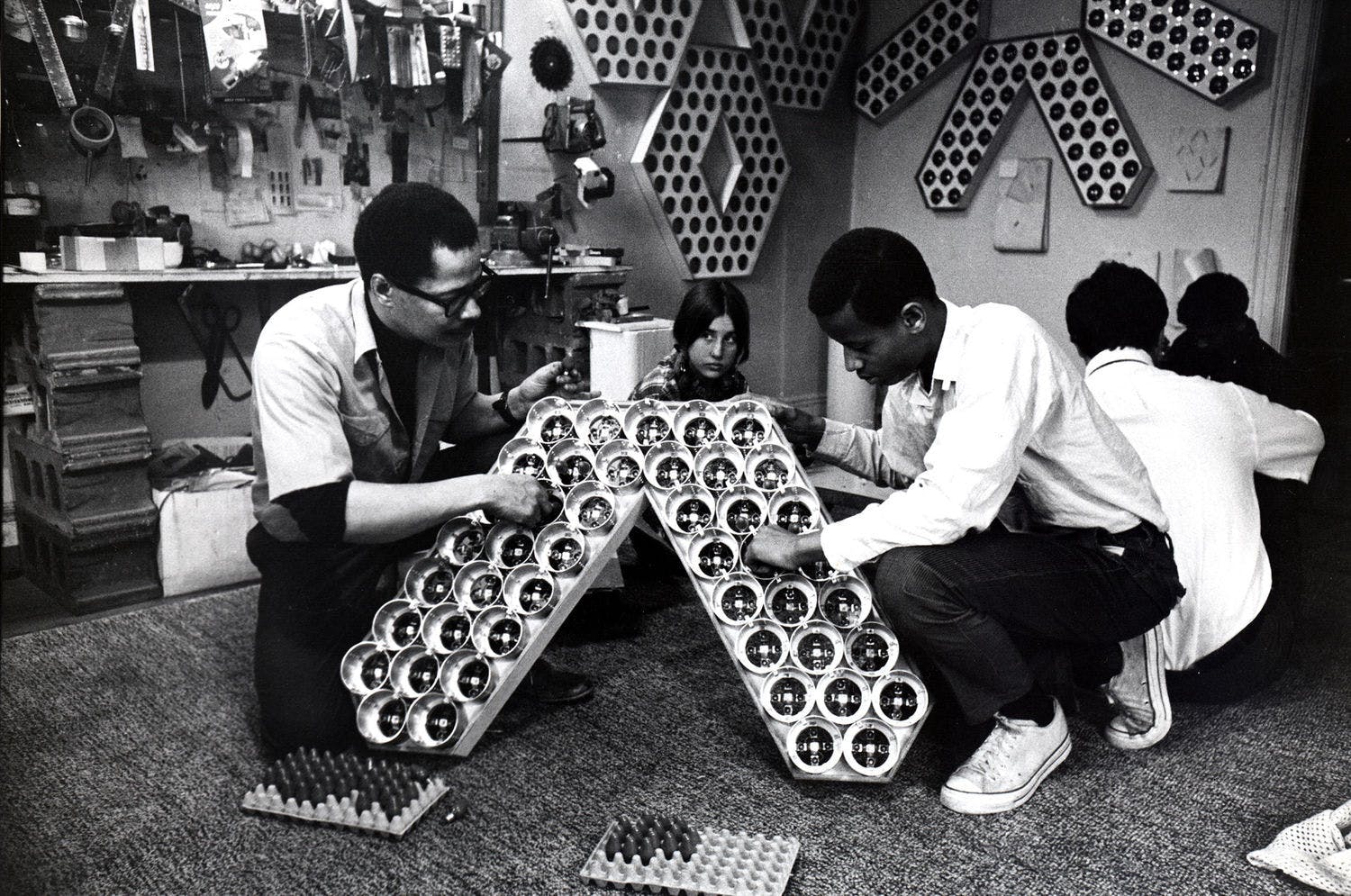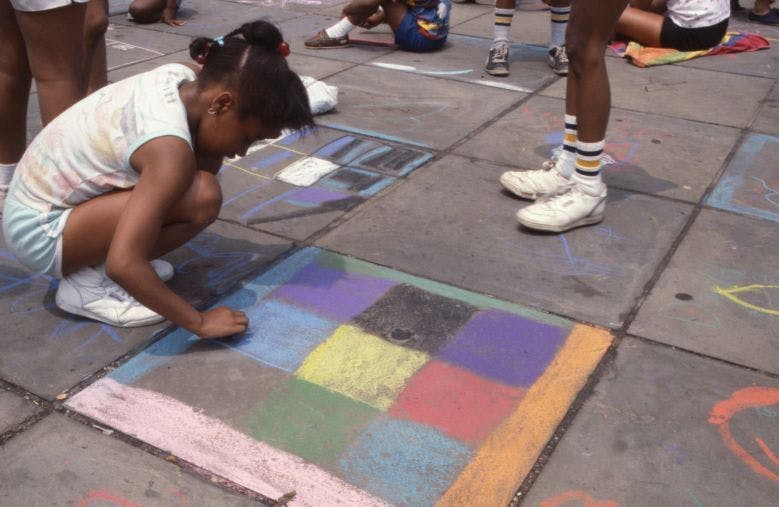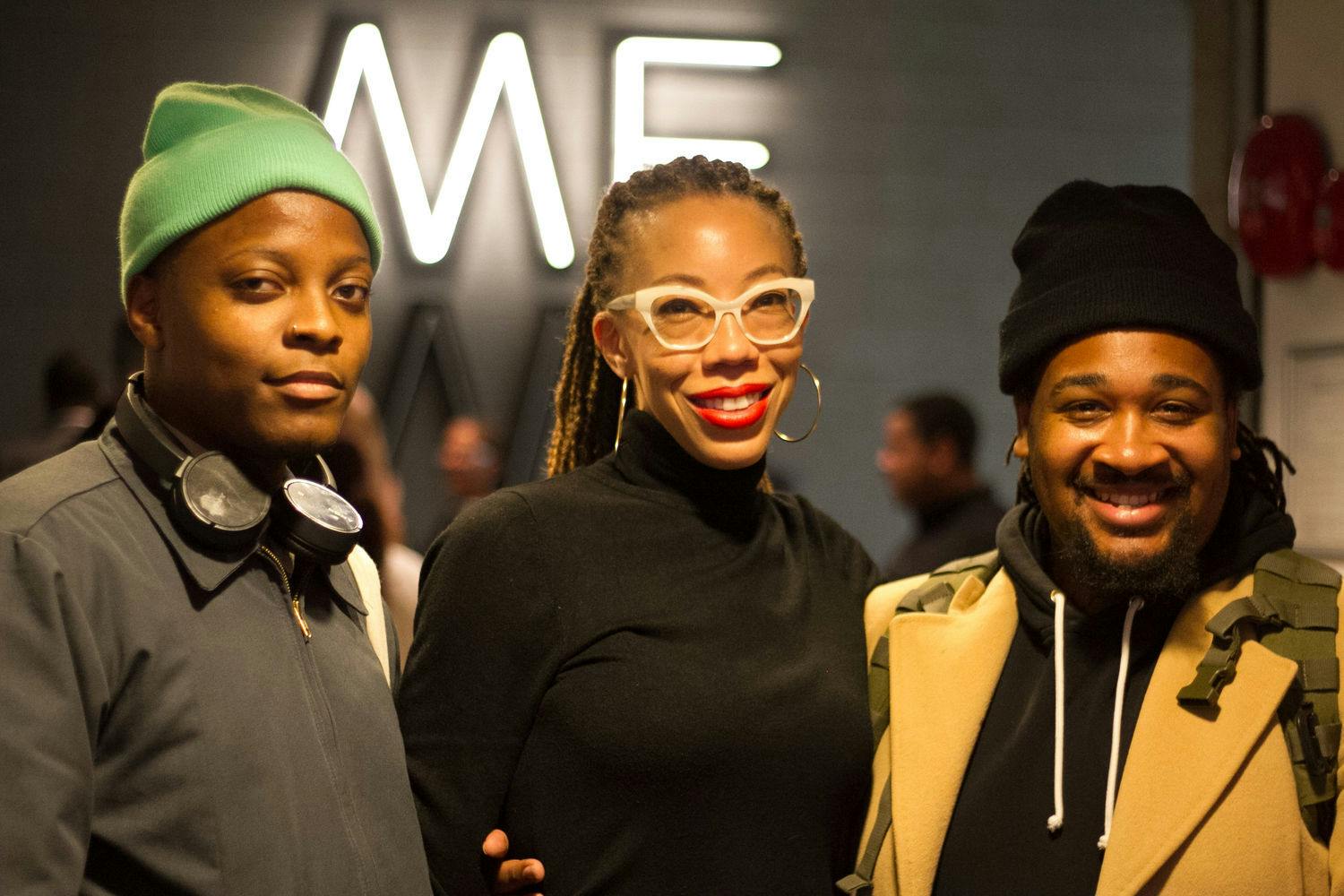Studio Museum in Harlem
History and Mission
The Studio Museum in Harlem is the nexus for artists of African descent locally, nationally, and internationally and for work that has been inspired and influenced by Black culture. It is a site for the dynamic exchange of ideas about art and society.
The Building
The Studio Museum's new building is the first in its history created expressly for the needs of the institution and its communities. Located on West 125th Street, it occupies the site on which the Studio Museum had been operating since 1982.
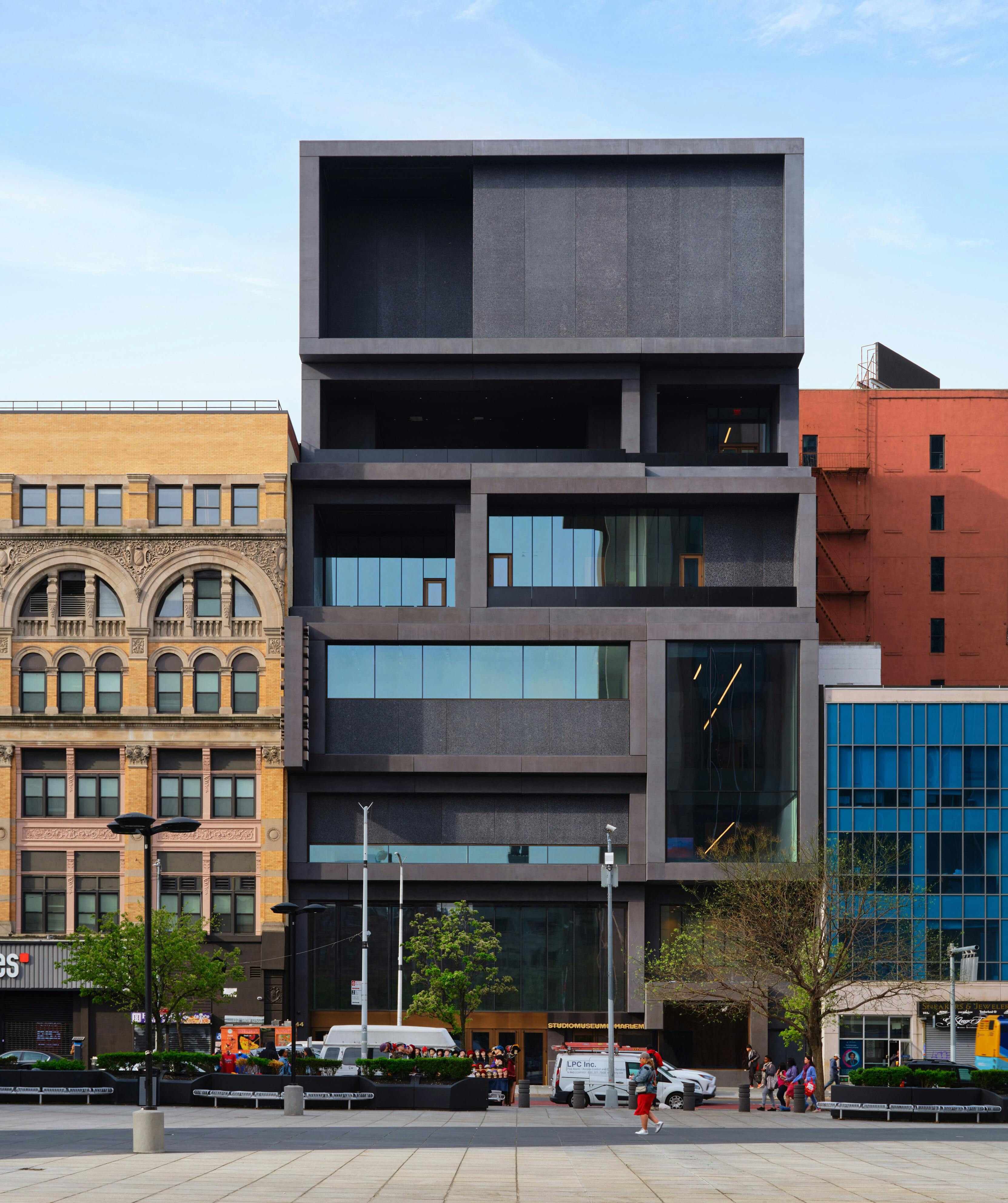
Exterior view of the Studio Museum in Harlem's new building. Courtesy Studio Museum in Harlem. Photo: © Dror Baldinger FAIA
The Brand
The Studio Museum’s graphic identity has evolved and responded to the times using print and digital media to advance narratives about Black culture and support an ecosystem of artists and art workers. As the Museum prepares to open its first purpose-built space on 125th street in Harlem, it selected Pacific, a multidisciplinary creative studio to reimagine an identity system that drives forward a legacy of graphic innovation.
The new identity forefronts typography and a three-tiered color palette favoring black and grayscale that offers a range of creative options for the Museum to deepen its connection to artists, members, visitors, and Harlem.
Artist Support
Residency Program
Every year, the Museum offers an eleven-month residency for three local, national, or international artists working in any media. Proposed as a founding initiative in 1968, the Artist-in-Residence program has earned The Studio Museum recognition for its catalytic role in advancing the work of visual artists of African and Afro-Latinx descent.
Wein Prize
Presented each year at the Studio Museum’s fall Gala, the award recognizes and honors the artistic achievements of an African-American artist who demonstrates great innovation, promise, and creativity.
Archives
The Studio Museum in Harlem Archives was established to preserve and make accessible the Studio Museum’s historical records. The Archives provides a space for a critical, interdisciplinary inquiry into the past, present, and future.
Press and News
| 11.06.25 | Studio Museum in Harlem Opens to the Public on Saturday, November 15 | Go to Studio Museum in Harlem Opens to the Public on Saturday, November 15 | |
| 08.05.25 | Studio Museum in Harlem will Open its New Home to the Public on Saturday, November 15, with Community Celebrations | Go to Studio Museum in Harlem will Open its New Home to the Public on Saturday, November 15, with Community Celebrations | |
| 06.17.25 | Studio Museum Unveils Exciting New Details on Inaugural Exhibitions, Installations, and Commissions | Go to Studio Museum Unveils Exciting New Details on Inaugural Exhibitions, Installations, and Commissions |
Leadership
Thelma Golden
Ford Foundation Director and Chief Curator
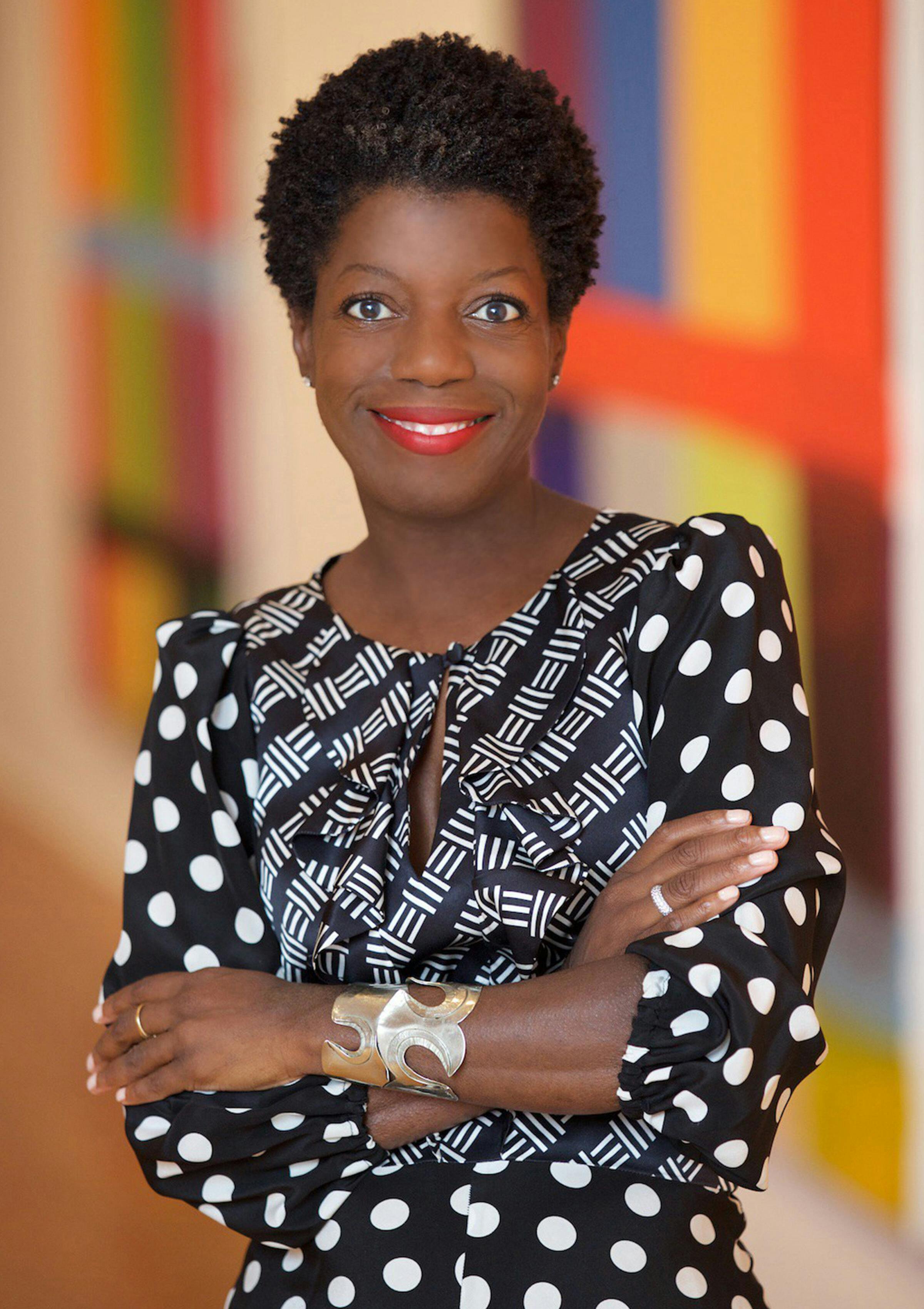
Thelma Golden is the Ford Foundation Director and Chief Curator of the Studio Museum in Harlem. Under Golden’s leadership, the Museum has gained increased renown as a global leader in the exhibition of contemporary art, a center for innovative education, and a cultural anchor in the Harlem community. Born and raised in New York City, Golden began her impressive career as an apprentice at the Metropolitan Museum of Art while still in high school. She began working at the Studio Museum while an undergraduate student of art history and African American studies at Smith College—first as an intern, then as a curatorial fellow after her graduation.

Thelma Golden is the Ford Foundation Director and Chief Curator of the Studio Museum in Harlem. Under Golden’s leadership, the Museum has gained increased renown as a global leader in the exhibition of contemporary art, a center for innovative education, and a cultural anchor in the Harlem community. Born and raised in New York City, Golden began her impressive career as an apprentice at the Metropolitan Museum of Art while still in high school. She began working at the Studio Museum while an undergraduate student of art history and African American studies at Smith College—first as an intern, then as a curatorial fellow after her graduation.
Natasha L. Logan
Chief Program Officer


Chakshu Patel
Chief Advancement and External Affairs Officer


Terrence Phearse
Chief of Staff


Debra Alligood White
General Counsel and Chief Operating Officer


Careers
| 05.28.25 | Security Guard Administration & Operations | Go to Security Guard |
Contact Us
Receive updates about the Studio Museum
Mailing Address | 144 West 125th StreetNew York, New York 10027 |
Ticketing | |
Development | |
Director's Office | |
Image Requests & Permissions | |
Membership | |
Press Inquiries | |
Museum Store | |
Website |
Financial Information

